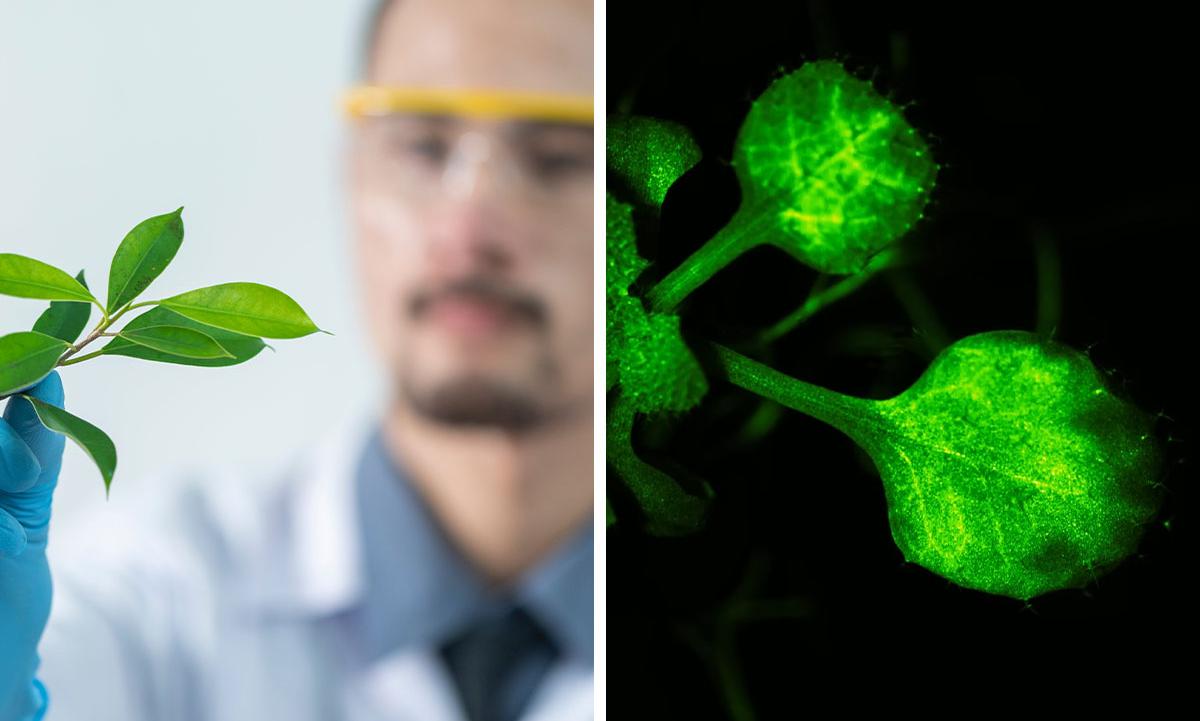
Japanese scientists capture plants 'talking' in real-time
text_fieldsA team of Japanese scientists from Saitama University has captured real-time footage of plants engaging in a form of communication. The study, led by molecular biologist Masatsugu Toyota and published in the prestigious journal Nature Communications, exposes a hidden world where plants "talk" to each other using airborne compounds.
The researchers focused on volatile organic compounds (VOCs), which are essentially plant-produced airborne smells. These VOCs act as warning signals, alerting nearby plants to potential dangers. The team observed undamaged plants responding to VOCs released by plants that were either mechanically damaged or under attack by herbivores, showcasing a sophisticated interplant communication system.
To unveil this covert communication, scientists employed an innovative method involving an air pump connected to containers holding leaves and caterpillars. The study used the common weed Arabidopsis thaliana and tomato plants, with caterpillars feeding on their leaves. A biosensor was introduced to detect calcium ions, a signalling mechanism akin to human cell communication.
The recorded video displays undamaged plants receiving messages from their distressed neighbours and responding with bursts of calcium signalling across their leaves. The researchers identified two key compounds, Z-3-HAL and E-2-HAL, as inducers of calcium signals in Arabidopsis, shedding light on the ethereal communication network that safeguards plants from imminent threats.
Masatsugu Toyota expressed excitement about the findings, stating, "We have finally unveiled the intricate story of when, where, and how plants respond to airborne 'warning messages' from their threatened neighbours."
The study also expanded its investigation to Mimosa pudica, commonly known as the touch-me-not plant, which exhibited similar calcium signalling responses to external stimuli.
This research not only adds a new dimension to our understanding of plant behaviour but also emphasizes the importance of preserving this delicate and intricate communication network in nature.
The implications of this discovery may pave the way for innovative agricultural practices and environmental conservation efforts.

















